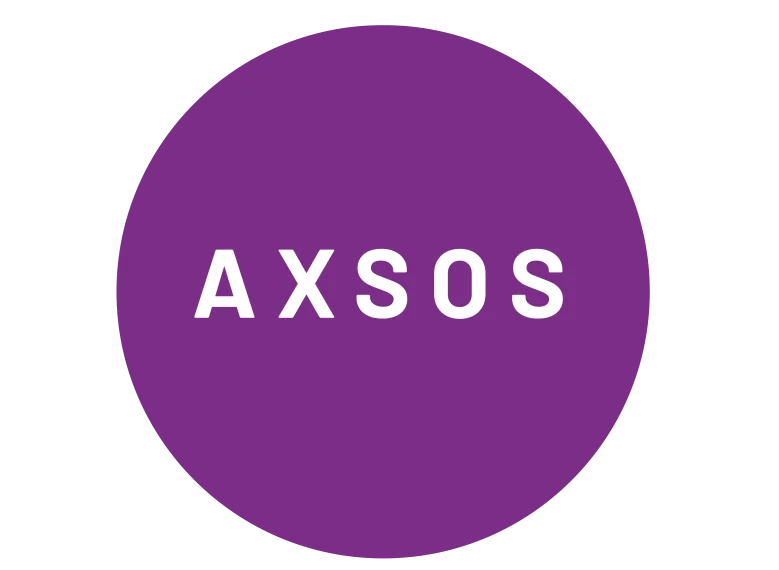A blessed Advent season, a Merry Christmas & Hanukkah and a Happy New Year 2025!
Dear employees, customers and business partners, We are living in uncertain times and certainly also at a turning point with great upheavals. Trump was freshly elected as the new US president, the coalition in Germany has broken up, the economic data in Germany has been quite a downer for quite some time and many people are looking to the future with concern. Even 2000 years ago, it felt like similar times in Judea. The Jews were groaning under the Roman occupation and had a great longing for a better life and, above all, for a Messiah who would free them from Roman oppression and with whom all their problems (the Romans were not the only problem) would virtually vanish with his appearance. The only problem was that Jesus didn’t come to solve everyone’s problems, but to remind them of what they were created as, in the image of God, and to empower them for real change by themselves. He explained to people everything they have within them, so that together with him they can solve their problems themselves. I don’t know about you when you read these lines, but the many parallels to our present time literally jump out at me as I write. We have also seen a number of changes in 2024, and you may have already noticed that we have updated our logo. We have also replaced our previous rather technocratic claim and purpose of ‘user-oriented IT’ with our new purpose ‘change to freedom’ in the second quarter. I am so excited about this new purpose because it sums up so much of what we stand for. If you give me a few more minutes of your valuable time, I would like to explain it in a little more detail from my point of view. change = transition/shift/conversion – it is usually something you actively decide on and align yourself with a new goal and then actively approach this transition. to freedom = freedom/peace – Our goal in the business context is to gain more freedom through technical innovations such as cloud, digitalisation, AI and cybersecurity. These technologies should make your business life easier so that you have to worry about it less. We would like to be at your side as your companion, like a mountain guide. That is the purpose of Axsos in our daily work, with this understanding and this mindset, we are there for you. change to freedom – for us, this goes beyond pure business. With our commitment to youth work in Palestine and Germany, as well as our Bootcamp Academy (https://axsos.academy), we support young people on their way to a successful future. We want to consciously ignite a light of hope for freedom and peace where it often seems dark. Respect and empowerment are very important to us. We focus on changing things that we can influence and leave the unchangeable things alone to see what happens to them. My colleague Majd Abu Sharar put it beautifully in her LinkedIn post: https://axsos.link/ChangeReality The picture on the Advent calendar is a view from the Cave of the Shepherds in Bethlehem (Beit Sahour). The shepherds were sitting with their sheep in this cave when suddenly, in the middle of the night, it became dazzlingly bright and the angels announced the birth of Jesus to them. The whole story is told in Luke 2:8-22. In the midst of the hustle and bustle of the year-end business, the gift-buying and the many celebrations, I wish you moments of reflection and pause and good thoughts about what this freedom means to you personally and what goals are worth pursuing. With best regards Frank Müller, CEO of Axsos AG










